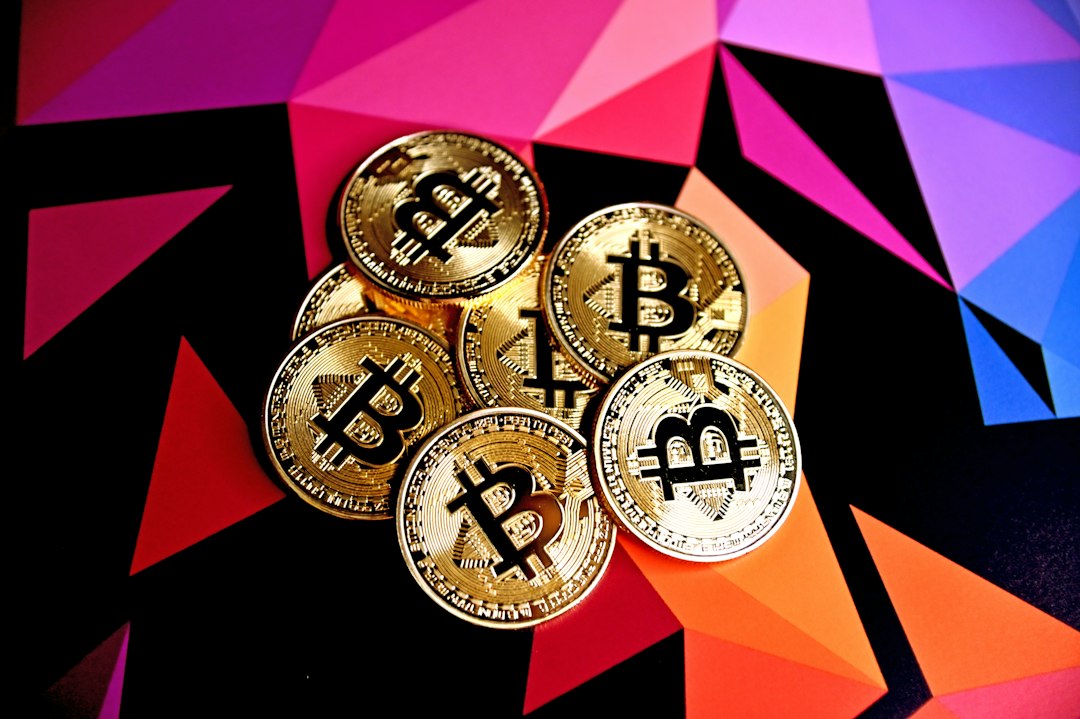Ethereum Falls Short of Network Activity Expectations Post-Shanghai Upgrade
According to JPMorgan, Ethereum has not met expectations in terms of network activity following the implementation of the Shanghai upgrade in April. Although the shift from proof-of-work to proof-of-stake resulted in a significant reduction in energy consumption, with a decline of over 99%, the network’s increase in activity has been disappointing. JPMorgan analysts, led by Nikolaos Panigirtzoglou, highlighted the decrease in Ethereum’s daily transactions, daily active addresses, and total value locked (TVL) of decentralized finance (DeFi) protocols on the network.
Challenges Despite Energy Efficiency
Despite the substantial reduction in energy consumption due to the Merge upgrade, Ethereum still faces challenges related to network activity. While the energy-efficient proof-of-stake mechanism has significantly reduced environmental impact, it hasn’t translated into increased network usage. The decline in daily transactions, daily active addresses, and TVL of DeFi protocols suggests that users are not taking full advantage of Ethereum’s upgraded network capabilities.
Possible Factors Impacting Network Activity
There are several factors that could explain the underwhelming increase in Ethereum’s network activity post-Shanghai upgrade. One possible factor is that users may be waiting for further developments or improvements before fully engaging with the upgraded network. Additionally, competition from other blockchain platforms offering similar functionalities may be diverting users away from Ethereum. It is also important to consider potential barriers to entry for new users, such as complex user interfaces or high gas fees.
The Path Forward for Ethereum
To address the lackluster network activity, Ethereum developers and stakeholders should focus on enhancing user experience and addressing any existing barriers. Improving user interfaces and reducing gas fees could attract more participants to the network, increasing activity and utilization. Additionally, developers should continue to innovate and introduce new features and applications that differentiate Ethereum from its competitors. By addressing these challenges and capitalizing on the energy-efficient proof-of-stake mechanism, Ethereum can unlock its full potential as a leading blockchain platform.
Hot Take: Reevaluating Network Activity Expectations for Ethereum
Ethereum’s post-Shanghai upgrade network activity has fallen short of expectations, raising questions about the factors influencing user engagement. While the shift to proof-of-stake greatly reduced energy consumption, it has not translated into increased usage. Developers must prioritize improving user experience, reducing barriers to entry, and differentiating Ethereum from its competitors. By doing so, Ethereum can reinvigorate network activity and cement its position as a leading blockchain platform in the crypto world.





 By
By
 By
By
 By
By
 By
By
 By
By